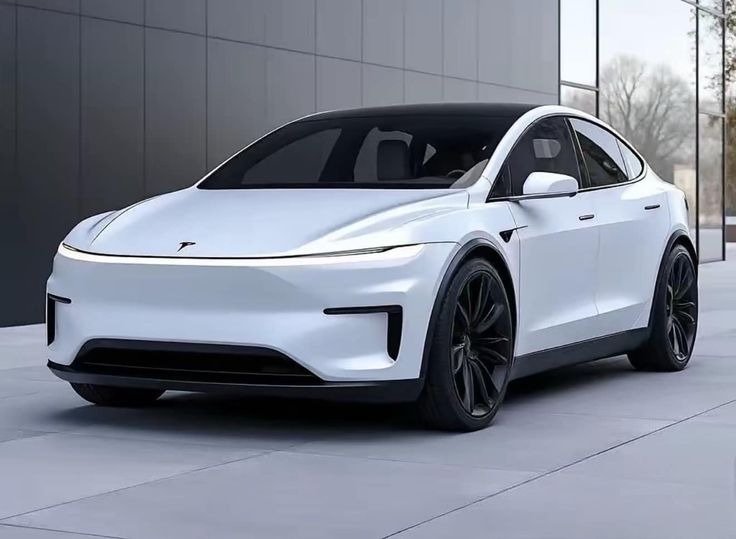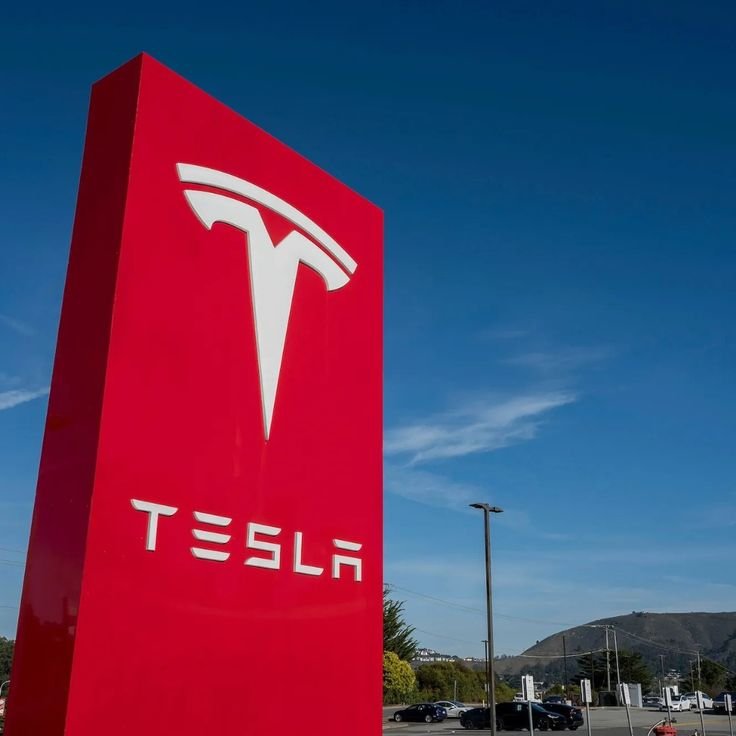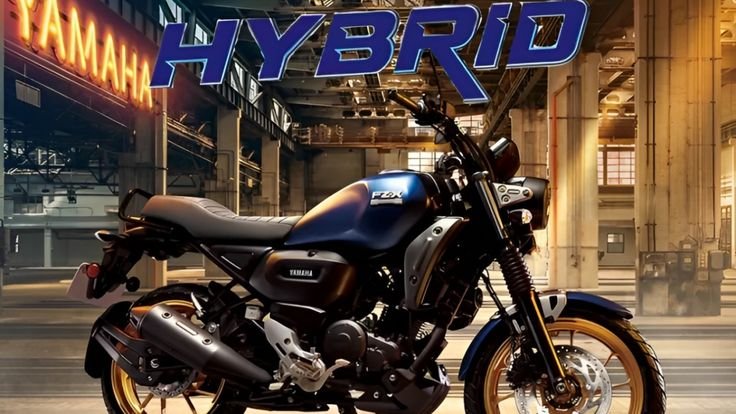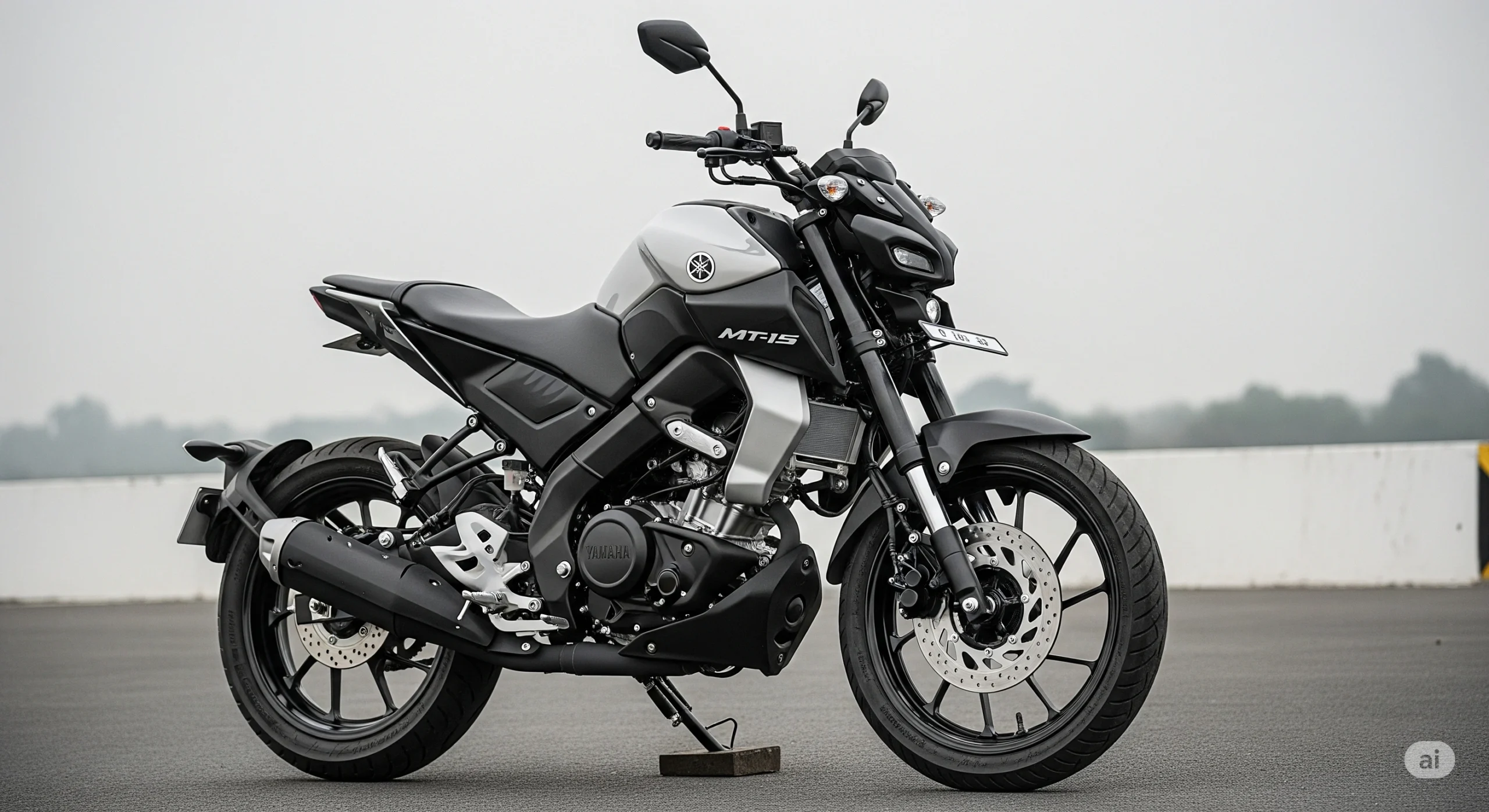Tesla Debuts in India 2025

Tesla’s Grand Entry into India: Mumbai Marks the Beginning
Officially entered India on July 15, 2025, unveiling its first “Experience Centre” in Mumbai’s Bandra Kurla Complex. The sleek showroom, built in just 45 days, proudly showcases the Model Y in two variants: a 500 km range model and a 622 km Long Range version. With deliveries slated for October 2025 and January 2026, its is making a cautious but confident start. The rollout also includes Tesla’s V4 Superchargers, capable of adding around 267 km of range in just 15 minutes, promising support even before mass deliveries begin. It’s clear Tesla is staking its claim in India’s nascent luxury EV space.
Price & Policy: Luxury Offering in a Price-Sensitive Market

Tesla’s pricing puts it squarely in the luxury market; the Model Y with rear-wheel drive starts at about ₹59.9 lakh, while the Long Range model costs up to ₹63 lakh. With import duties totaling nearly 70%, these cars remain out of reach for most Indian consumers. Right-hand drive units are being carefully imported by Tesla from its factories in Shanghai and Berlin; local assembly has not yet been established. Tesla has no immediate plans for a domestic plant, despite government incentives that reduce import duties to 15% for businesses that pledge local manufacturing. Only when it makes financial sense do they see long-term potential.
EV Landscape & Competitive Challenges in India
Although EV adoption in India is rapidly increasing, it began slowly, with EVs accounting for only 2.5–4% of all car sales as of mid-2025. With models under ₹25 lakh, Tata Motors and Mahindra are the market leaders in the budget-and-mid-range EV segments. To be successful, it needs to establish a niche in the premium market by focusing on wealthy and tech-savvy consumers. While BMW India and other global players see Tesla’s arrival as a catalyst, many warn the luxury focus limits scale—but it may help elevate consumer perception of electric mobility overall.

Infrastructure & Adoption: More Than Cars
To show that their support goes beyond cars, it is setting up the first superchargers and service operations in Delhi and Mumbai before delivery begins. But there are still problems with nationwide charging coverage and after-sales support. Some early adopters question whether eight chargers across two cities will be enough. One Reddit user commented, “Tesla’s cars fall into the premium segment, making penetration tougher,” while another noted, “charging infrastructure in India is scattered and unstandardized”—both underscoring real challenges ahead. Tesla’s arrival, however, might hasten the development of more extensive EV infrastructure.
What Lies Ahead: Strategy, Expectations & the Long Road
Arrival marks not just a brand entry, but a test of India’s luxury EV market dynamics. They seem prepared to play long-term: initial bookings are limited to major metros, annual sales target is modest (~2,500 units), and local manufacturing remains optional. However, if import duties continue to drop and India commits to EV manufacturing mandates, models like the affordable Model 3 might join the lineup for roughly ₹35–40 lakh. This might increase appeal. Until then, Tesla caters to a small but influential audience, igniting discussions about premium EV potential, innovation, and future mobility in India.



